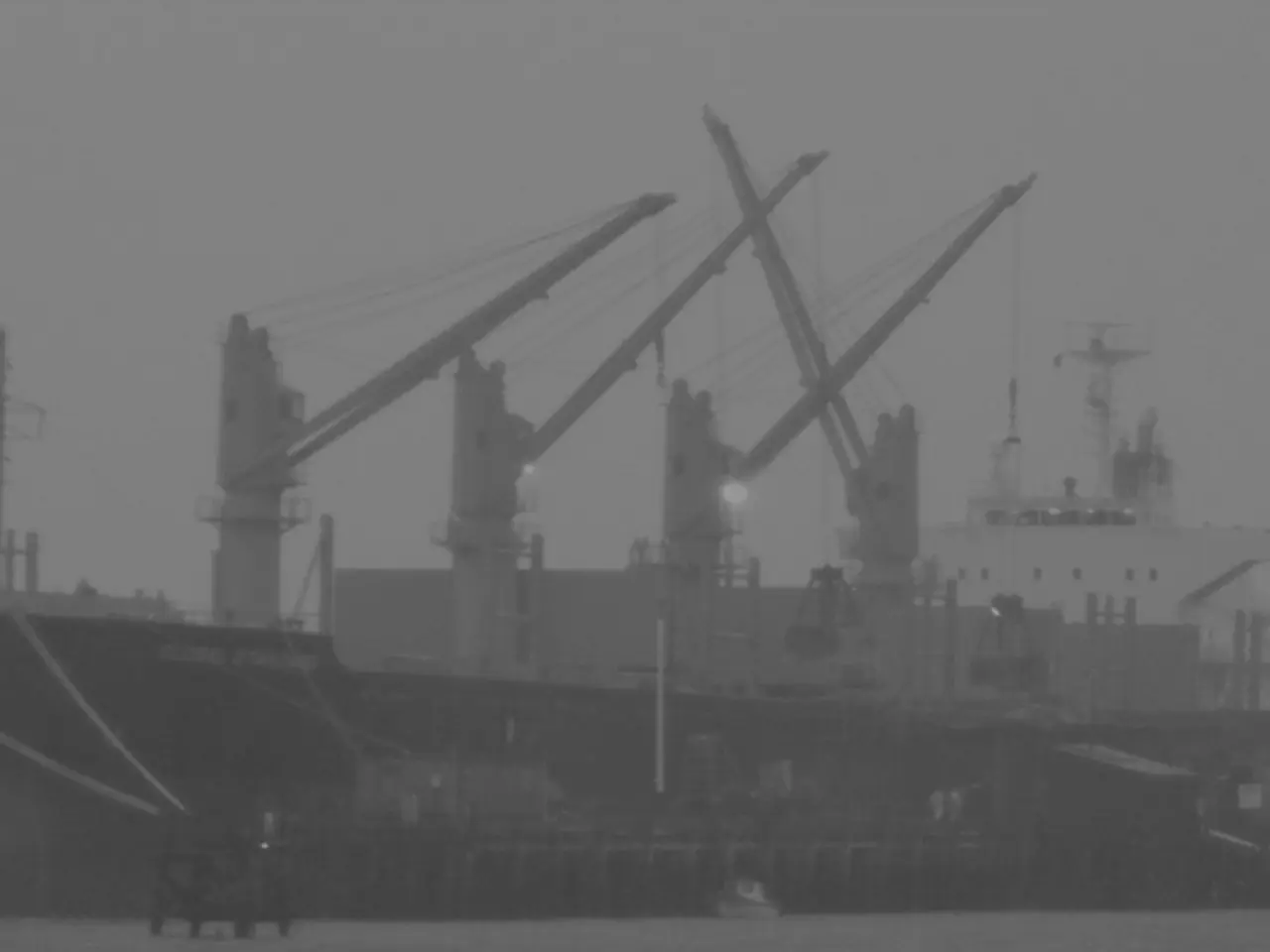Cosco Cuts U.S.-Bound Vessel Capacity Amidst China-U.S. Trade Tensions
Cosco, China's leading ocean container line, has been quietly reducing Chinese-built vessel capacity from U.S.-bound services since April, despite earlier assurances of no adjustments. This move comes amidst a brewing storm of regulatory changes in both countries that could significantly impact global shipping dynamics.
The U.S., aiming to counter China's dominance in shipping, has scheduled special harbor fees for Chinese-built or -owned ships starting October 14, 2025. These fees will apply to most U.S. ports, with exceptions for short-haul services, small vessels, and certain specialized exporters. The U.S. investigation found unfair trade practices, leading to this regulatory response.
In retaliation, China's State Council amended its international maritime transport regulations. Effective immediately, China can now impose punitive port charges and bar ships from countries that discriminate against Chinese shipping. This tit-for-tat approach has led to a reshuffling of services by ocean container lines serving the Asia trade. They have been shifting tonnage out of U.S. rotations since the U.S. port fees were announced in April.
The U.S. port fees, designed to fund the resurgence of American-flag shipping, have sparked a response from China. Cosco's capacity reduction and China's amended regulations signal a potential escalation in trade tensions. The impact on global supply chains and consumer prices remains to be seen.
Read also:
- chaos unveiled on Clowning Street: week 63's antics from 'Two-Tier Keir' and his chaotic Labour Circus
- Budget discrepancy jeopardizes highway projects' financial support
- Racing ahead in Renewable Energy Dominance: Changzhou, Jiangsu Pushes for Worldwide Renewable Energy Ascendancy
- Renault Group to Discuss Decarbonization and Circular Economy Strategies at ChangeNow 2023 Event







